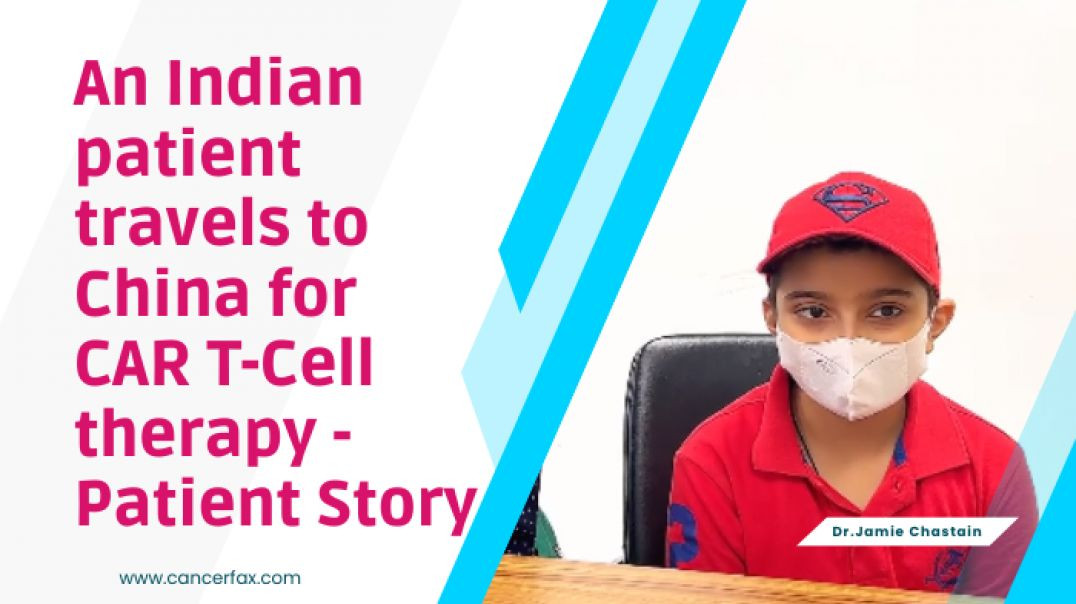3+4=7 #ProstateCancer | Active Surveillance vs. Focal Therapy | #MarkScholzMD #AlexScholz #PCRI
Patients with Gleason 3+4=7 represent one of the largest "grey areas" in the world of prostate cancer. For patients with Gleason 3+3=6, the medical community knows that active surveillance is the recommended course; for patients with Gleason 4+3=7, oncologists will almost always recommend some form of treatment (there could be some exceptions, for example, the very elderly). However, for patients with Gleason 3+4=7, whether a patient should choose treatment or may consider active surveillance depends upon confirmation of the pathological interpretation, other features of the cancer, and other factors related to a person's general health. In this video, medical oncologist Mark Scholz gives a survey of Gleason 3+4=7 and discusses some of the factors that determine whether a person with Gleason 3+4=7 can consider active surveillance, focal therapy, or whether they would be best served by radical treatment with radiation or surgery.
0:06 Can you explain the situation of a man who has been diagnosed with Gleason 3+4=7 prostate cancer?
2:42 How much Gleason 4 is too much for a Gleason 3+4=7 to consider active surveillance?
3:33 If a person with Gleason 3+4=7 is doing active surveillance, are you waiting to see if there is an increasing presence of Gleason 4 and then treating it?
4:57 What time frame do you use for follow-up MRIs?
5:05 What PSA do you expect to see with a Gleason 3+4=7 when there is a small amount of Gleason 4?
6:56 What is a safe active surveillance protocol for someone with Gleason 3+4=7?
7:46 How often should men with 3+4=7 be seeking a second opinion on their pathology report? Should they seek out genetic testing?
8:43 What level of risk do you think precludes someone with Gleason 3+4=7 from doing active surveillance as opposed to having treatment?
12:08 What is "focal therapy" and how is it relevant to Gleason 3+4=7 prostate cancer?
13:13 Are there cases of Gleason 3+4=7 that would not be good candidates for focal therapy? For example, if the cancer was on both sides of the prostate?
13:43 Is there a certain form of focal therapy that you prefer for your patients? For example, cryotherapy, HIFU, etc.
16:11 How many procedures do you think a doctor should have performed to suggest proficiency with any one kind of focal therapy?
17:27 How involved is focal therapy for a patient compared to surgery and radiation?
18:32 What are the side effects of focal therapy and how do they compare to radical treatment like surgery or radiation?
Don’t know your stage? Take the quiz: Visit http://www.prostatecancerstaging.org
To learn more about prostate cancer visit http://www.pcri.org
Sign up for our newsletter here to receive the latest updates on prostate cancer and the PCRI: https://pcri.org/join
Who we are:
The Prostate Cancer Research Institute (PCRI) is a 501(c)(3) not-for-profit organization that is dedicated to helping you research your treatment options. We understand that you have many questions, and we can help you find the answers that are specific to your case. All of our resources are designed by a multidisciplinary team of advocates and expert physicians, for patients. We believe that by educating yourself about the disease, you will have more productive interactions with your medical professionals and receive better individualized care. Feel free to explore our website at pcri.org or contact our free helpline with any questions that you have at pcri.org/helpline. Our Federal Tax ID # is 95-4617875 and qualifies for maximum charitable gift deductions by individual donors.
The information on the Prostate Cancer Research Institute's YouTube channel is provided with the understanding that the Institute is not engaged in rendering medical advice or recommendation. The information provided in these videos should not replace consultations with qualified health care professionals to meet your individual medical needs.
#ProstateCancer #MarkScholzMD #PCRI






















SORT BY-
Top Comments
-
Latest comments